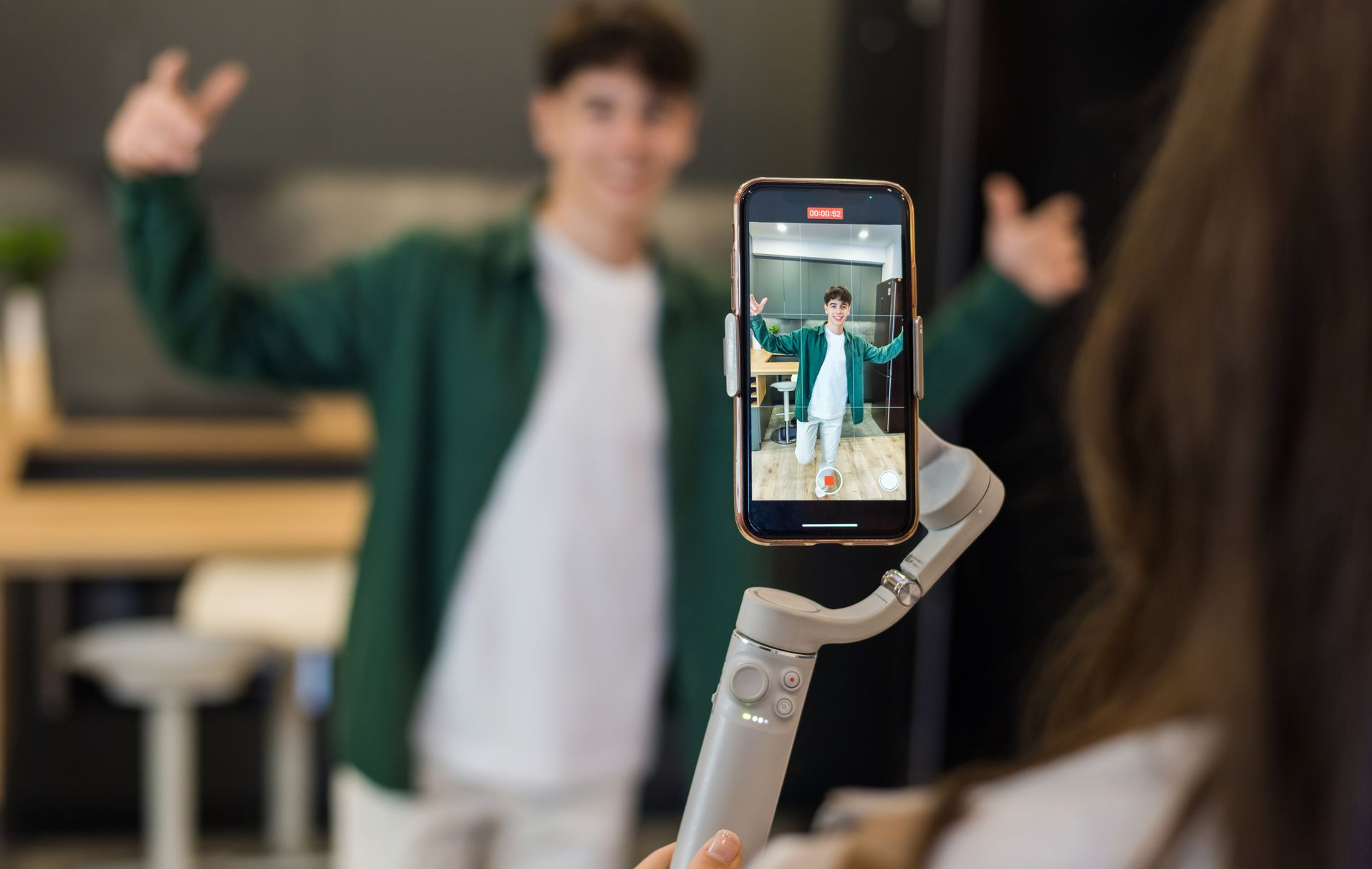A Small Business Owners Guide to Tracking Local Print Advertising
Your website has been designed and optimized. You’ve set a budget, defined your buyer personas and determined which local magazine is right for your company. You’ve even designed your ad. Great job!
Now what? How can you tell if your ad is working? How are you going to know if you got a return on your investment? It used to be very difficult, if not impossible to answer these questions for a print ad. Fortunately, that’s not the case anymore. Here are a few tips on how to track your print advertising and determine its effectiveness.
Use Google Analytics To Track Your Print Advertising Results:
If you don’t know what this is or if you aren’t using it, do not pass go, do not collect money, go directly to jail. While it’s not that serious, it is an easy and free way to get insight and data on your customers. Google Analytics provides demographic and geographic data on user, plus, you’ll be able to see your most popular pages and adjust your website accordingly. Create a benchmark by establishing where your statistics were prior to your campaign and compare them during the campaign period. Increased visits to the page that holds whatever you are advertising could be a direct reflection of your advertising.
Review Social Media Analytics for Print Ad Impact:
Whichever social media platforms you are using and promoting in your print advertising, check their statistics prior to beginning your campaign. During your print campaign, look for increased traffic, engagement and likes. While these social increases can’t confirm they are a direct reflection of your print ad, there’s a good chance your advertising is helping drive customers to your social platforms.
Use A Unique URL To Track Print Advertising:
For every new piece of content or new advertising program, create a new landing page. This page should have a form for the user to fill out. Use this unique URL in your advertising. Then through Google Analytics and form collections, you’ll be able to see who and how many have visited this page. Most users get to your website through a back door (not the homepage) and anyone visiting this specific page advertised in your print ad, is a direct reflection of your advertising efforts.
Apply A Unique Phone Number In Your Print Advertising For Tracking:
A unique phone number may be the easiest, least expensive and most effective way to track your print advertising. One unique call tracking service is, Call Rail. If you’re running in multiple publications make sure you use a unique number in each. With services such as Call Rail you can receive a weekly and monthly call report showing you the average duration of the call, name and city of caller and whether they were a new or repeat caller.
Whether you do all or just one of these, do something. With so much at our fingertips there is no reason to not be tracking your ROI. If you need help, or would like to speak to our team, please feel free to give BlinkJar a call.









